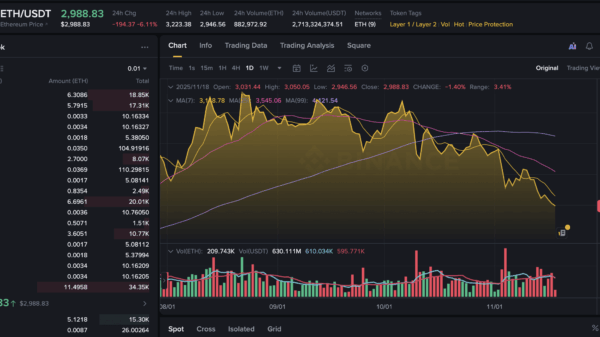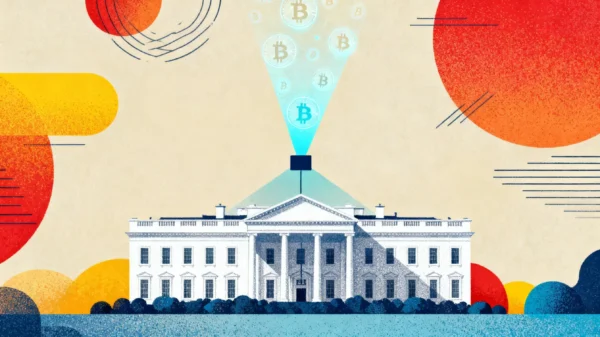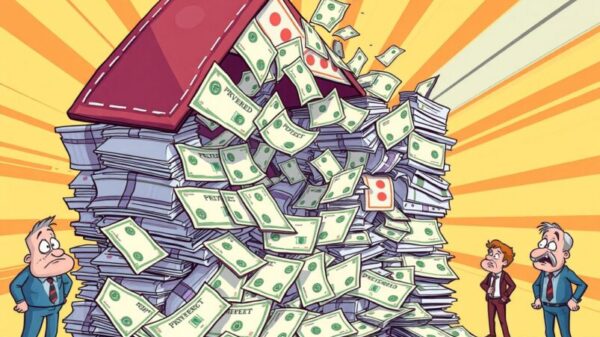The dollar”s imminent decline is becoming increasingly evident as economic strains and fiscal pressures overshadow discussions surrounding Federal Reserve rate cuts. While many market participants are focused on when the Fed might lower interest rates, a more significant force is emerging, threatening the dollar”s stability.
Despite diminishing expectations for immediate rate reductions, various economic indicators point to a gathering storm. The fundamentals supporting the dollar are beginning to show signs of weakness, as fiscal challenges escalate. Notably, the United States is grappling with record government debt exceeding $34 trillion and unsustainable budget deficits that persist even amidst economic growth.
Moreover, rising debt servicing costs are consuming a larger share of federal revenues, while political gridlock hinders any meaningful fiscal reform. This combination of factors creates a precarious situation that cannot be ignored in the currency markets.
In addition to fiscal pressures, several economic strains are converging to further undermine the dollar”s appeal. Trade deficits continue to widen, manufacturing activity is contracting in key sectors, and consumer confidence remains volatile and declining. These trends contribute negatively to the dollar”s standing in a global context.
Interestingly, the delayed rate cuts, which are typically seen as supportive for the dollar, may paradoxically accelerate its decline. Prolonged higher rates lead to increased government borrowing costs, exacerbating fiscal pressures, while restrictive monetary policies dampen economic growth, amplifying existing strains. Market sentiment is shifting from “when” rate cuts will occur to “if” they will happen at all.
Smart money in the currency markets is already adjusting their strategies accordingly. Institutional investors are increasing their allocations to alternative reserve currencies and hedging against potential dollar depreciation. They are also monitoring central bank diversification away from dollar reserves, preparing for possible volatility in forex markets.
The conclusion seems inevitable: the convergence of fiscal pressure, economic strains, and structural vulnerabilities indicates that a decline in the dollar is no longer a question of if, but when. Investors who are aware of this reality can strategically position themselves in currency markets to navigate the upcoming turbulence.
For those interested in the latest Forex market trends, further exploration of key developments affecting US Dollar liquidity and institutional adoption is recommended.






































































